Insulation Tips
Insulation Under a Concrete Slab
Insulation under a concrete slab optimises energy efficiency and can help to improve the structural integrity of buildings. By providing a barrier against heat transfer, moisture infiltration, and structural stresses, underslab insulation plays a vital role in maintaining comfortable indoor environments while minimising energy consumption.
Are you considering the purchase of underslab insulation? Explore our range here to find the perfect solution for your needs. Or, keep reading as we delve into the significance of insulation beneath concrete slabs, its various types, installation methods, and the benefits it offers to both residential and commercial structures.
Whether you’re a homeowner, builder, concreter or architect, understanding the importance of underslab insulation is essential for achieving sustainable and efficient building practices.
Why Concrete Slab Insulation is Important
Concrete slab insulation is designed to improve energy efficiency, structural stability, and indoor comfort in buildings. Some of the key reasons why insulation under a concrete slab is becoming more common in Australia include:
Manages Temperature in Hot and Cold Climates
Insulation under a concrete slab plays an important role in regulating indoor temperatures, especially in regions with extreme weather conditions. In hot climates, it acts as a barrier, preventing the penetration of external heat into the building. In cold climates, it helps retain heat within the structure, minimising heat loss through the slab.
Generally it is more effective in the colder climates because the soil ground is almost always colder than inside the building, but on a hot day it will also protect the edge of the slab.
Improved Energy Efficiency and Reduced Costs
Insulating beneath a concrete slab greatly enhances the energy efficiency of buildings, resulting in substantial cost savings over time. By minimising heat transfer through the slab, insulation reduces the workload on heating and cooling systems, leading to lower utility bills.
Improved energy efficiency also reduces the overall carbon footprint of the building, contributing to environmental sustainability. Thus, investing in quality underslab insulation not only ensures comfortable indoor environments year-round but also provides long-term financial benefits by decreasing energy consumption and operating expenses associated with maintaining optimal temperature levels.
Convenient Handling and Cutting to Size
Made from lightweight materials like expanded polystyrene (EPS), phenolic foam or extruded polystyrene (XPS), underslab insulation is easy to transport and maneuver on-site, reducing installation time and labour costs. It can also be easily cut to size, allowing for precise fitting around obstacles and irregularities in the concrete subfloor (such as water and sewerage pipes).
This flexibility in handling and customisation ensures seamless integration into various construction projects, providing efficient thermal insulation while accommodating the unique layout and design specifications of each building.
What is the Best Under Slab Insulation?
Selecting the best under slab insulation depends on factors such as thermal performance, moisture resistance, and budget constraints. Each material offers unique benefits, from high compressive strength to superior thermal efficiency. The most popular options include:
XPS Insulation
Extruded Polystyrene (XPS) insulation, such as Foamex StyroTherm XPS and Kingspan GreenGuard XPS, offers several advantages for under slab applications. XPS provides high compressive strength, making it suitable for heavy loads and traffic areas. Its closed-cell structure provides excellent moisture resistance, ensuring long-term durability and thermal performance. The fact it does not absorb water means that it can also be installed around the slab edge.
While XPS insulation typically comes at a slightly higher initial cost compared to other options like EPS, its superior properties justify the investment, offering long-term energy savings and structural integrity.
EPS Insulation
Expanded Polystyrene (EPS) insulation, including Slabmate Underslab Insulation and Slabmate Pro Underslab Insulation, presents several advantages for under slab applications. EPS offers excellent thermal insulation properties, effectively reducing heat transfer. It is lightweight, easy to handle, and cost-effective, making it an attractive option for budget-conscious projects.
Despite its lower cost, EPS maintains reliable thermal performance, providing energy efficiency and comfort in buildings while offering an affordable solution for insulation needs.
EPS insulation is not suitable for installation around the slab edge, as it can absorb moisture.
Phenolic Insulation
Phenolic insulation, exemplified by products like Kingspan Kooltherm K3 Floorboard, offers exceptional thermal performance and versatility. Its high compressive strength allows for robust support under concrete slabs, ensuring structural integrity. It also boasts excellent fire resistance properties, making it a safe choice.
Phenolic insulation typically comes at a higher initial cost, but its superior thermal efficiency and long-term durability justify the investment.
Phenolic foam insulation is a popular choice for under concrete slabs. However, it is not suitable for around the slab edge (as it can absorb water).
If you require further assistance on which underslab products to install, please do not hesitate to give our team a call on 1300 729 639 or send us an email at sales@pricewise.com.au.
What is the best Slab Edge Insulation?
Interested in other types of slab insulation? By insulating the perimeter of concrete slabs, heat loss through the edges is minimised, enhancing indoor comfort and reducing heating and cooling costs. Slab edge insulation prevents thermal bridging and further improves energy efficiency in buildings.
Explore Pricewise Insulation’s range of slab edge insulation options.
Concrete Slab Types
Different types of concrete slabs are used in construction, each with specific characteristics and applications. Common types include traditional slabs, post-tensioned slabs, and suspended slabs.
When insulating beneath concrete slabs, materials like extruded polystyrene (XPS), phenolic insulation, and expanded polystyrene (EPS) are commonly used. XPS insulation offers high compressive strength and moisture resistance, ideal for heavy-duty applications, while phenolic insulation provides excellent thermal performance in a slim profile, making it suitable for projects where a high R-value is required.,s. EPS insulation offers versatility and cost-effectiveness, making it a popular choice for homes in Australia.
Concrete Insulation Cost Comparison
By insulating concrete structures, heat loss during colder months is reduced, while heat gain during hotter periods is moderated. This results in lower energy bills year-round, as heating and cooling systems operate more efficiently.
Insulation also helps prevent moisture infiltration and temperature fluctuations, which can contribute to structural deterioration and costly repairs over time. Ultimately, the upfront cost of concrete slab insulation pales in comparison to the significant financial benefits and increased durability it provides in the long run.
Concrete Slab Insulation and Changes to the NCC 2022
As the National Construction Code (NCC) undergoes updates to enhance energy efficiency standards, it’s crucial for builders and homeowners to stay informed about the latest requirements. The NCC 2022 revisions emphasise the importance of improving the thermal performance of buildings to reduce energy consumption and greenhouse gas emissions.
Pricewise Insulation’s range of underslab insulation products aligns with the objectives of the updated NCC regulations. By incorporating high-quality underslab insulation, builders can enhance the energy efficiency of concrete slabs, meeting or exceeding the new standards set forth by the NCC. Thus, these insulation solutions not only contribute to reducing heat loss and improving indoor comfort but also assist in achieving compliance with the latest energy efficiency requirements, ensuring sustainable and cost-effective construction practices.
Looking Beyond Underslab Insulation?
While underslab insulation is a crucial component in optimising energy efficiency and comfort within buildings, it’s just one piece of the puzzle. Explore Pricewise Insulation’s comprehensive range of insulation solutions for all areas of your project, including wall insulation and roof insulation, and take the next step towards achieving optimal insulation performance in your construction projects.
Underslab InsulationBrowse All

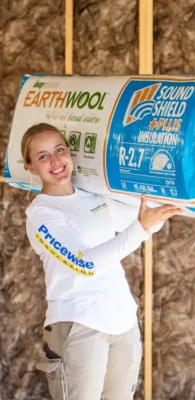
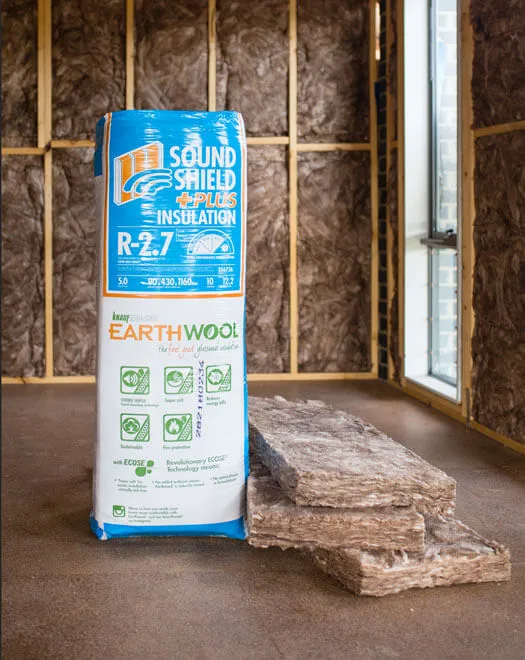
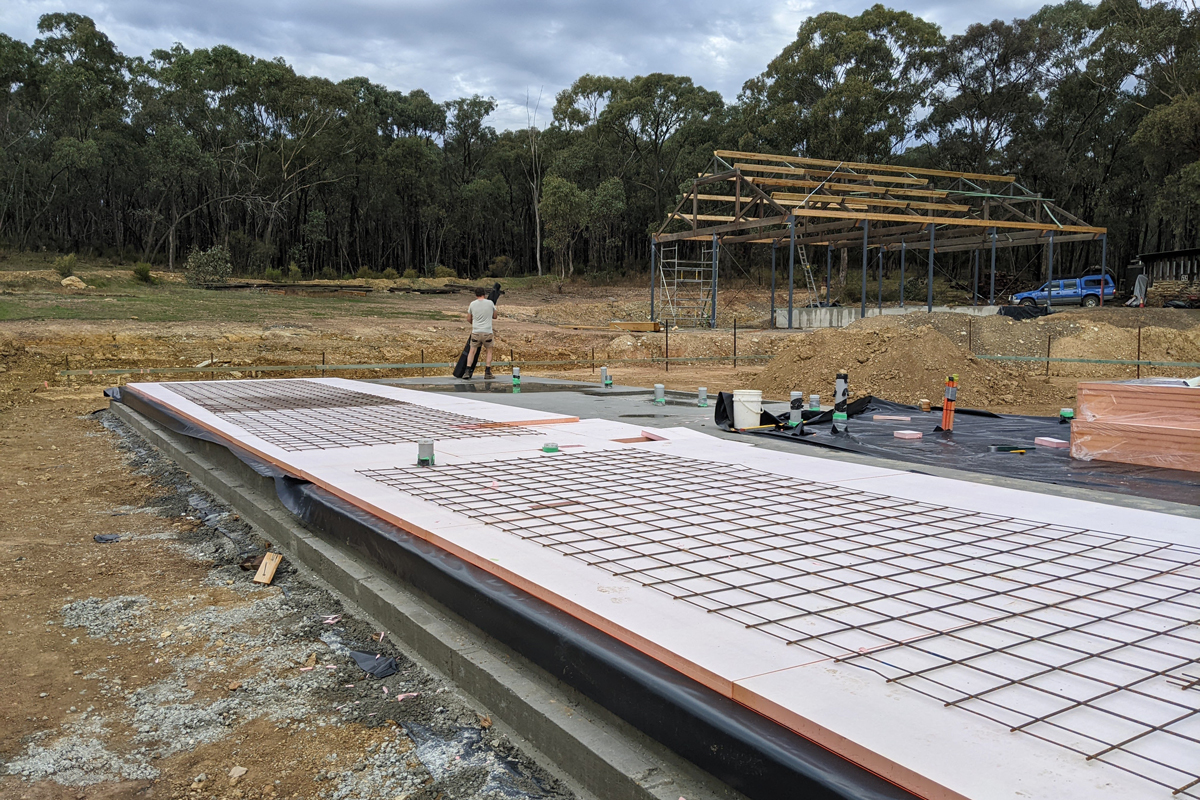
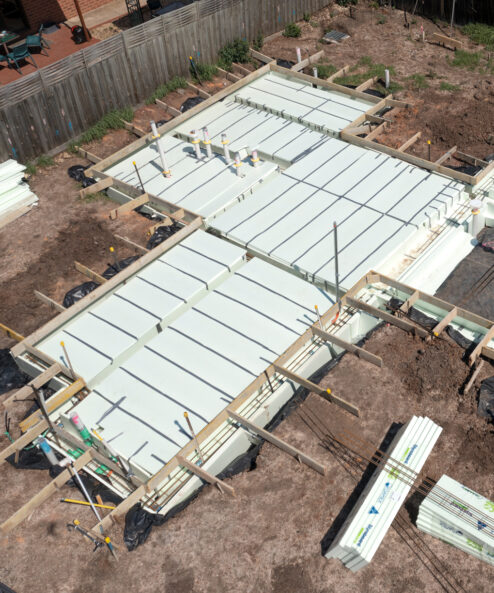
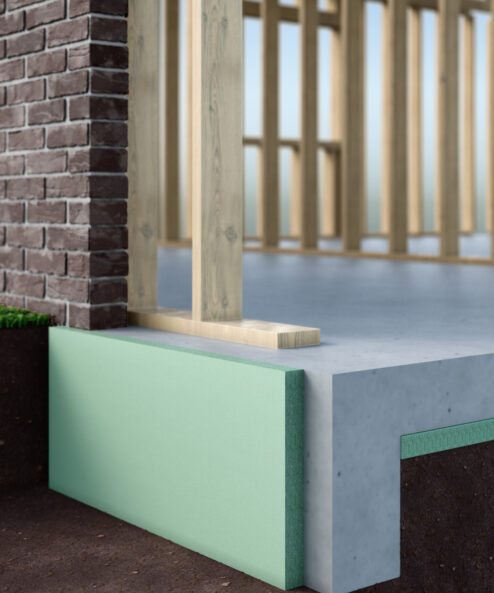
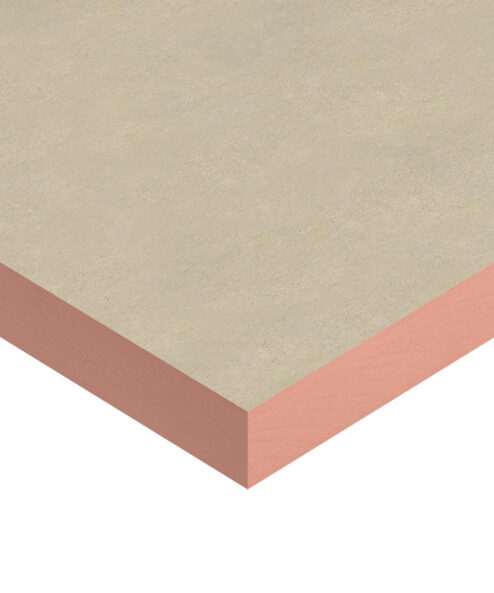
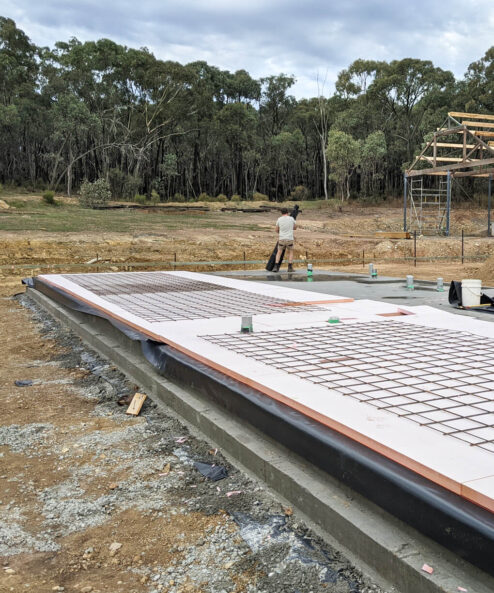
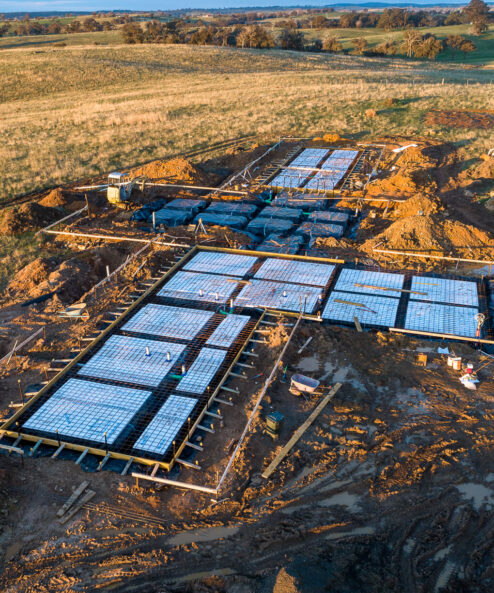
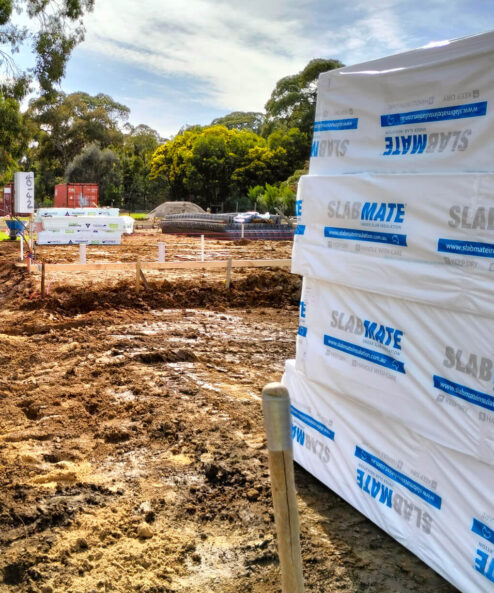
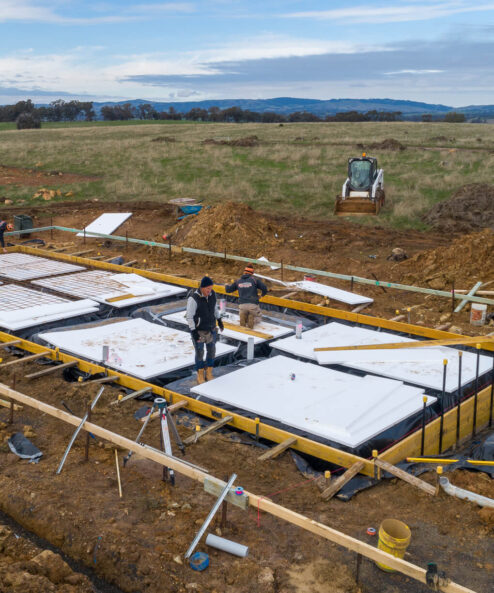
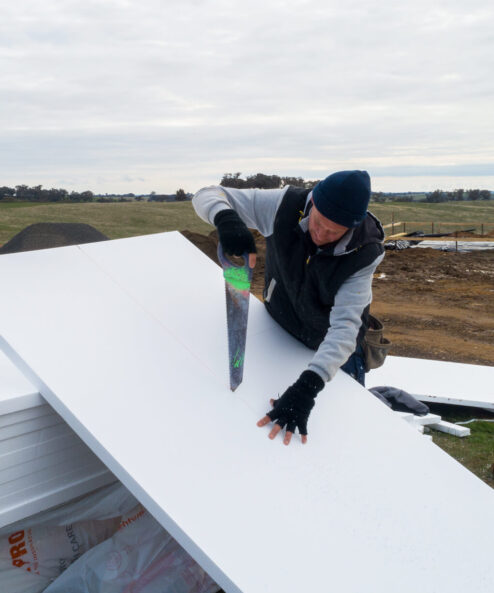
Hi Ya
Where can I buy some 25mm foil board in the blue mountains
Hi Nick,
We deliver to the Blue Mountains. You can order on our website and there are delivery options at checkout. Alternately, feel free to give us a call on 1300 729 639 and one of our team members can assist.